Great! Here's the full blog article expanded from the outline for the topic: "How to Spot Good Trades in a Busy Market" — optimized for SEO with smoo
Great! Here’s the full blog article expanded from the outline for the topic:
“How to Spot Good Trades in a Busy Market” — optimized for SEO with smooth flow, actionable advice, and user-friendly formatting.
🧠 How to Spot Good Trades in a Busy Market: Proven Strategies for Traders
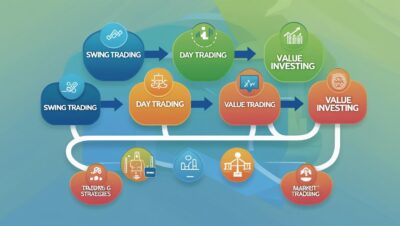
Meta Description:
Discover how to spot good trades in a fast-paced, volatile market using proven trading strategies, technical indicators, and risk management techniques.
🚀 Introduction
In a fast-moving or “busy” market, the difference between winning and losing often comes down to decision speed and clarity. But that doesn’t mean rushing into every trade. Knowing
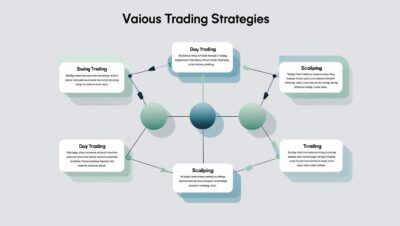
how to spot good trades in a busy market requires a combination of technical skill, emotional control, and market awareness.
Whether you’re day trading, swing trading, or investing short-term, this guide will walk you through the key steps, signals, and tools to help you cut through the noise and lock in high-probability trades.
🔍 What Makes a Trade “Good”?
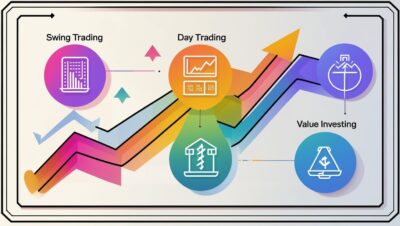
Not all trades are created equal. A good trade has:
- High probability of success based on data or analysis
- Favorable risk/reward ratio (ideally 2:1 or more)
- Technical or fundamental confirmation
- Clear entry and exit levels
Rather than chasing hype, good traders wait for setups that fit their strategy and protect their capital.
📊 Use Technical Analysis to Find Trade Setups

1. Identify Key Price Levels
Look for:
- Support and resistance zones
- Trendlines showing consistent direction
- Pivot points for intraday trading
These levels act as decision zones where price often reacts.
2. Look for Chart Patterns
Common bullish patterns:
- Bullish flag
- Cup and handle
- Ascending triangle
Common bearish patterns:
- Head and shoulders
- Double top
- Bearish wedge
Patterns give context to price movement and can hint at potential breakouts or breakdowns.
3. Volume Confirms Strength
No volume? No conviction.
Always check if the move is supported by volume. High volume during breakouts or breakdowns means real interest.
📉 Use Indicators as Confirmation Tools
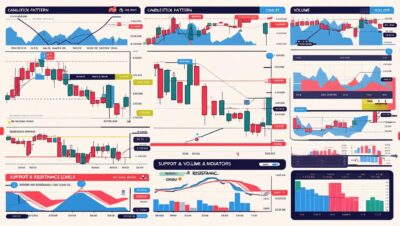
Don’t rely on one indicator. Combine two or more for better confirmation.
✅ Popular Indicators:
- Relative Strength Index (RSI): Identifies overbought (>70) or oversold (<30) conditions.
- MACD (Moving Average Convergence Divergence): Helps confirm trend direction and momentum.
- Bollinger Bands: Show volatility and can signal price breakouts.
- Moving Averages: Help determine trend direction (e.g., 50 EMA vs 200 EMA crossover).
💡 Pro Tip: Use RSI divergence (when price makes a new high but RSI does not) to spot weakening momentum.
🗞 Watch News, Earnings & Macro Events
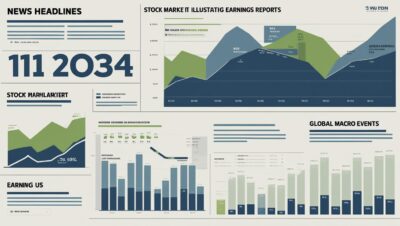
Busy markets often react quickly to news. Use this to your advantage by watching:
- Earnings reports
- Federal Reserve announcements
- Interest rate decisions
- Economic reports (CPI, unemployment, GDP)
Tools like TradingView, Finviz, or investing.com can alert you to scheduled events.
🛠 Use Screeners to Filter Good Trades
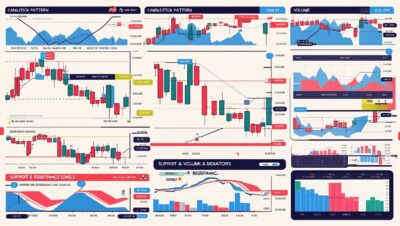
Market scanners help you find trade setups that match your criteria. Look for:
- Breakout stocks
- Unusual volume spikes
- Oversold/overbought tickers
- Moving average crossovers
Popular screeners:
- Finviz
- TrendSpider
- TradingView screener
- Thinkorswim (TOS)
🧠 Manage Risk Like a Pro

You can spot the best setup in the world and still lose money if you skip risk management.
Follow these golden rules:
- Use a stop-loss on every trade.
- Never risk more than 1-2% of your capital per trade.
- Stick to your trading plan—avoid revenge trading.
Remember: capital protection > aggressive profit.
🧪 Backtest Your Strategy
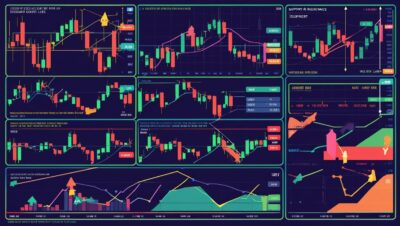
Backtesting helps you validate your setup before trading live.
Try backtesting:
- Chart patterns (e.g., double bottom)
- RSI + MACD combo setups
- Moving average crossover systems
Use platforms like TradingView, MetaTrader, or NinjaTrader to run historical tests.
🏁 Conclusion:
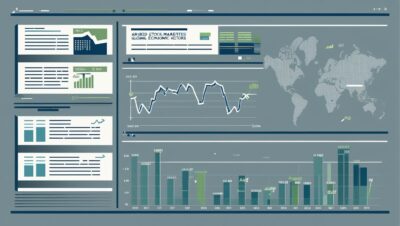
Mastering the Busy Market
Trading in a busy market doesn’t have to be chaotic. In fact, it can offer more opportunity—if you know where to look.
To recap, here’s how to spot good trades:
- Use price action and technical analysis
- Confirm with indicators and volume
- Monitor news and sentiment
- Manage risk every time
- Stick to high-probability, repeatable setups
📈 Great trades are planned—not guessed. Master your process, and the profits will follow.
❓ Frequently Asked Questions (FAQs)
Q1: How do I spot a good trade in a fast market?
Look for breakouts, technical patterns, volume confirmation, and strong risk/reward setups. Use scanners and stick to proven criteria.
Q2: What’s the best indicator for spotting trades?
There’s no single best one. Many traders combine RSI, MACD, and moving averages for confirmation.
Q3: Should I trade during volatile news events?
Only if you have a clear plan. News trading can be profitable but risky. Use tighter stop-losses or wait for volatility to settle.
Q4: How much should I risk per trade?
Most pro traders risk 1–2% of their total capital per trade. This helps you survive losing streaks.
Q5: Can I automate trade spotting?
Yes! Many platforms allow for custom alerts, algorithmic trading, or screeners that match your strategy.
📢 Call to Action (CTA)
🎁 Free Download: Get our Trading Setup Checklist PDF to spot high-probability trades faster.
[Click here to download] (link placeholder)
Would you like this turned into a Google Doc, Word file, or HTML blog post? Or do you want a version tailored for crypto, forex, or options trading?

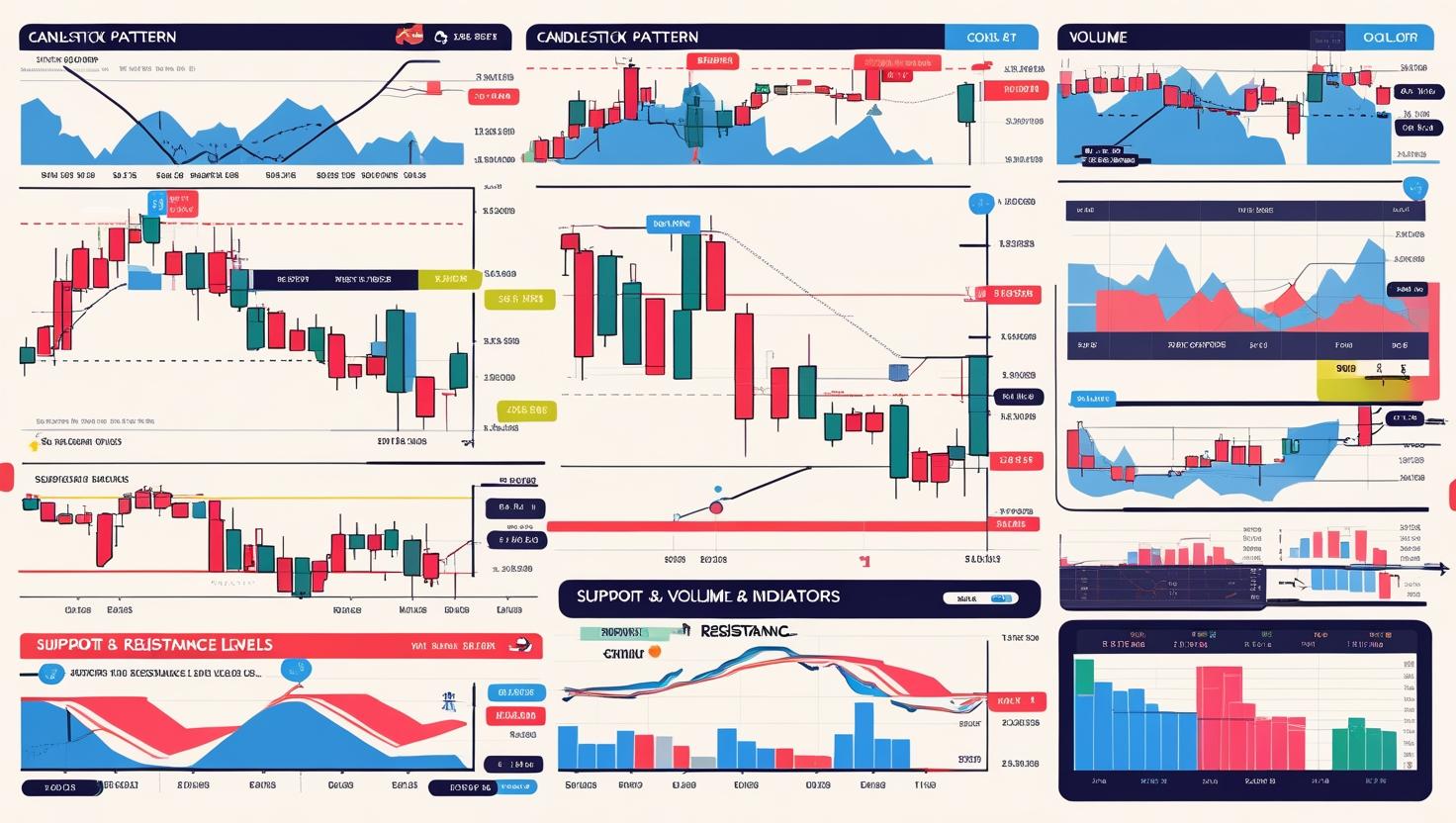

COMMENTS